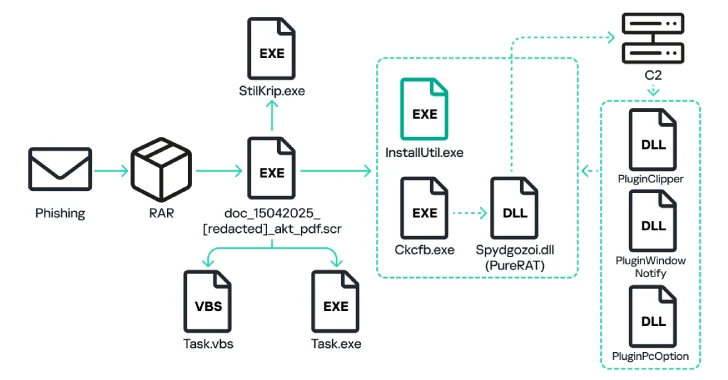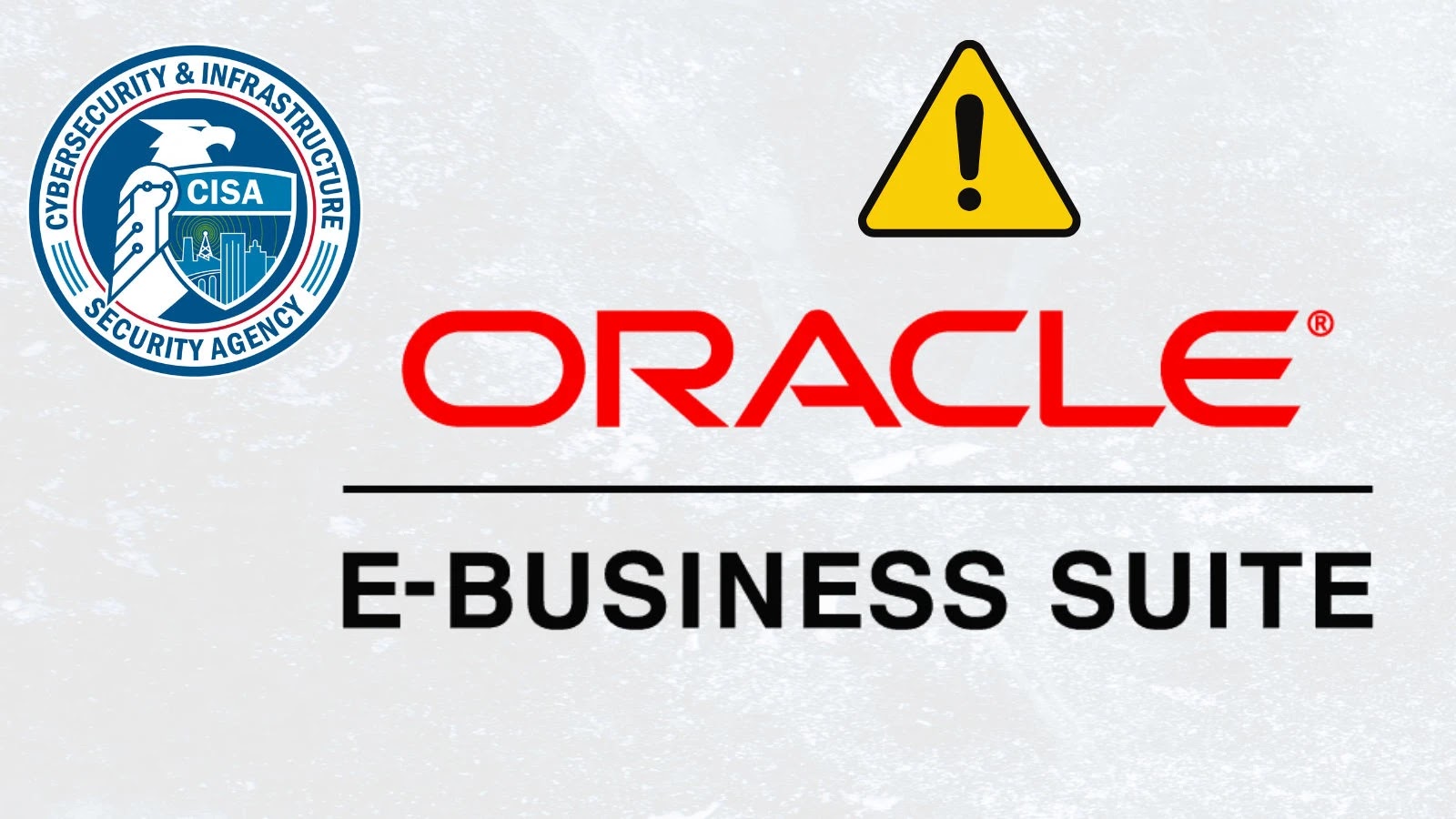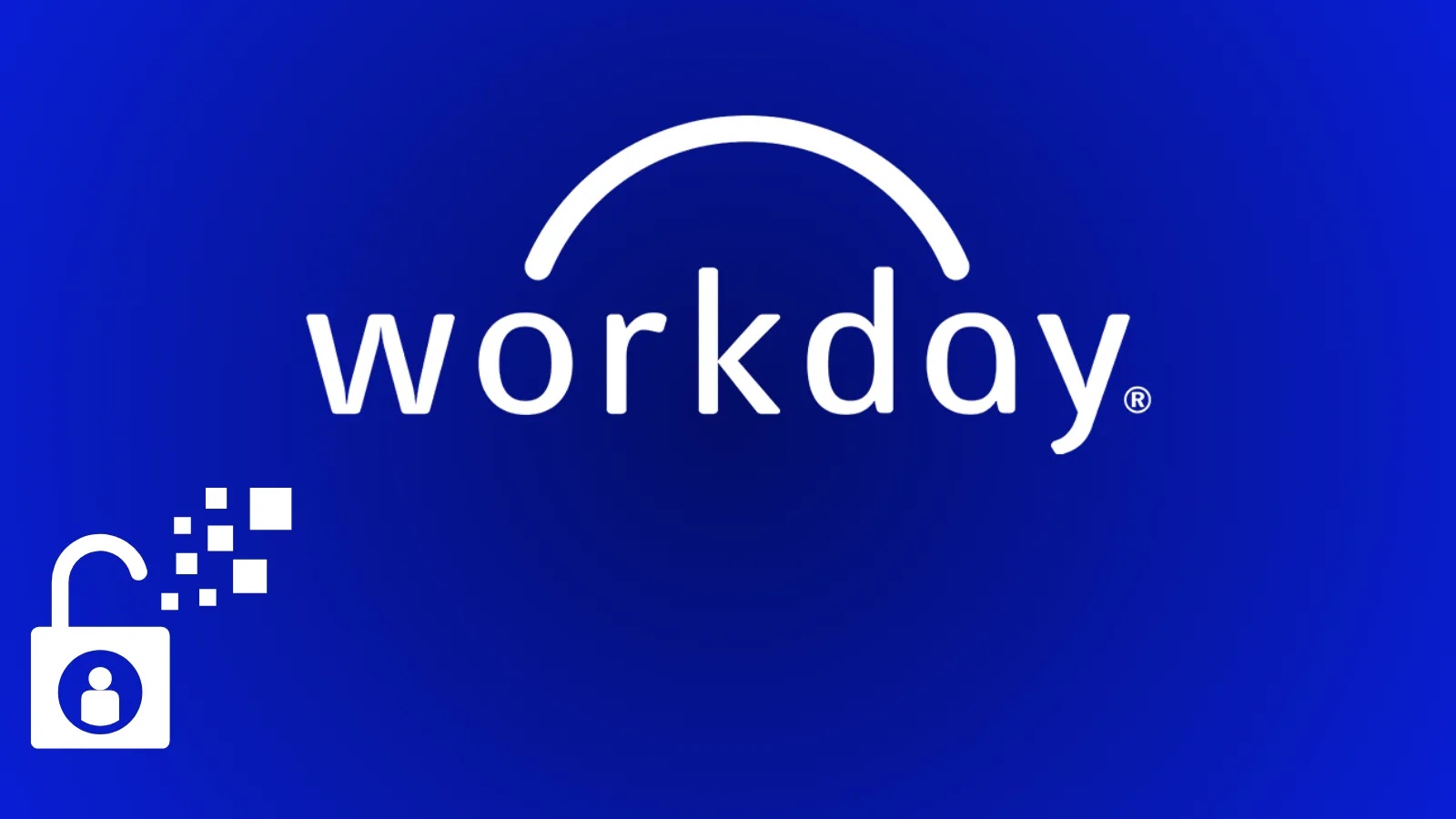Critical Security Flaw in Cisco Catalyst Center Virtual Appliance Allows Unauthorized Privilege Escalation
A significant security vulnerability has been identified in Cisco’s Catalyst Center Virtual Appliance, potentially allowing attackers with minimal access privileges to escalate their rights to full administrative control. This flaw, designated as CVE-2025-20341, affects virtual appliances operating on VMware ESXi platforms and has been assigned a high severity rating with a CVSS score of 8.8. The vulnerability poses a substantial risk to organizations relying on these systems for network management and monitoring.
Understanding the Vulnerability
The root cause of this security issue lies in inadequate validation of user-supplied input within the system. When users submit data through web requests, the software fails to properly verify the information, creating an opportunity for attackers to send specially crafted HTTP requests that deceive the system into granting them elevated privileges. This vulnerability can be exploited remotely over the network, making it particularly dangerous for systems exposed to external access.
Exploitation Details
What makes this vulnerability especially concerning is that an attacker only needs basic access credentials to exploit it. Individuals with Observer role permissions, typically assigned to users who need to view system information without making changes, can leverage this flaw to escalate their privileges to Administrator level. Once administrative access is obtained, attackers can create new user accounts, modify system settings, and perform other unauthorized actions that compromise the security of the entire network infrastructure.
Discovery and Response
Cisco’s security researchers identified this vulnerability during routine work on a support case with the Technical Assistance Center. As of now, there have been no public exploits observed, providing organizations with a critical window to patch their systems before widespread attacks occur.
Technical Specifications and Mitigation
The vulnerability affects Cisco Catalyst Center Virtual Appliance versions 2.3.7.3-VA and later releases. The security flaw is rooted in insufficient validation mechanisms that process user-supplied input through HTTP requests. When the system receives these crafted requests, it fails to properly sanitize the data before processing privilege escalation operations.
Cisco has released version 2.3.7.10-VA as the fixed release that addresses this security issue. Organizations running affected versions should upgrade immediately to this patched version.
CVE ID: CVE-2025-20341
CVSS Score: 8.8 (High)
Affected Product: Cisco Catalyst Center Virtual Appliance (VMware ESXi)
Vulnerable Versions: 2.3.7.3-VA and later
Fixed Version: 2.3.7.10-VA
Attack Vector: Network (Remote)
Cisco has stated that no workarounds are available, making the software update the only effective way to protect against this vulnerability. It’s important to note that hardware appliances and AWS-based virtual appliances are not affected by this issue.
Broader Context of Cisco Vulnerabilities
This discovery is part of a series of vulnerabilities identified in Cisco’s network management products. For instance, a recent high-severity vulnerability (CVE-2025-20337) was found in Cisco Identity Service Engine (ISE), allowing unauthenticated, remote attackers to achieve root-level access and execute arbitrary code through crafted API requests. This flaw was exploited to install a stealthy web shell called IdentityAuditAction, disguised as a legitimate Cisco component. The malware exhibited advanced evasion techniques, such as memory-only execution, Java thread injection, and encrypted communications with non-standard Base64 encoding. It also listened to all HTTP traffic across Tomcat servers and required specific HTTP header knowledge for access. The attacks, discovered during an unrelated investigation into a Citrix zero-day (dubbed Citrix Bleed Two), appeared widespread and indiscriminate rather than targeted. No specific threat actor has been identified. The backdoor’s custom nature and scale of deployment elevate concerns in enterprise security circles.
Recommendations for Organizations
Given the critical nature of these vulnerabilities, organizations are strongly advised to:
1. Immediate Patch Application: Upgrade to the latest fixed versions of Cisco Catalyst Center Virtual Appliance and Cisco ISE to mitigate these vulnerabilities.
2. Access Control Review: Regularly review and update access controls to ensure that only authorized personnel have the necessary privileges.
3. Network Monitoring: Implement continuous monitoring of network traffic to detect unusual activities that may indicate exploitation attempts.
4. Incident Response Planning: Develop and regularly update incident response plans to swiftly address potential breaches.
5. User Training: Educate users about the importance of security practices, such as recognizing phishing attempts and reporting suspicious activities.
By taking these proactive steps, organizations can enhance their security posture and reduce the risk of exploitation from these and other vulnerabilities.



